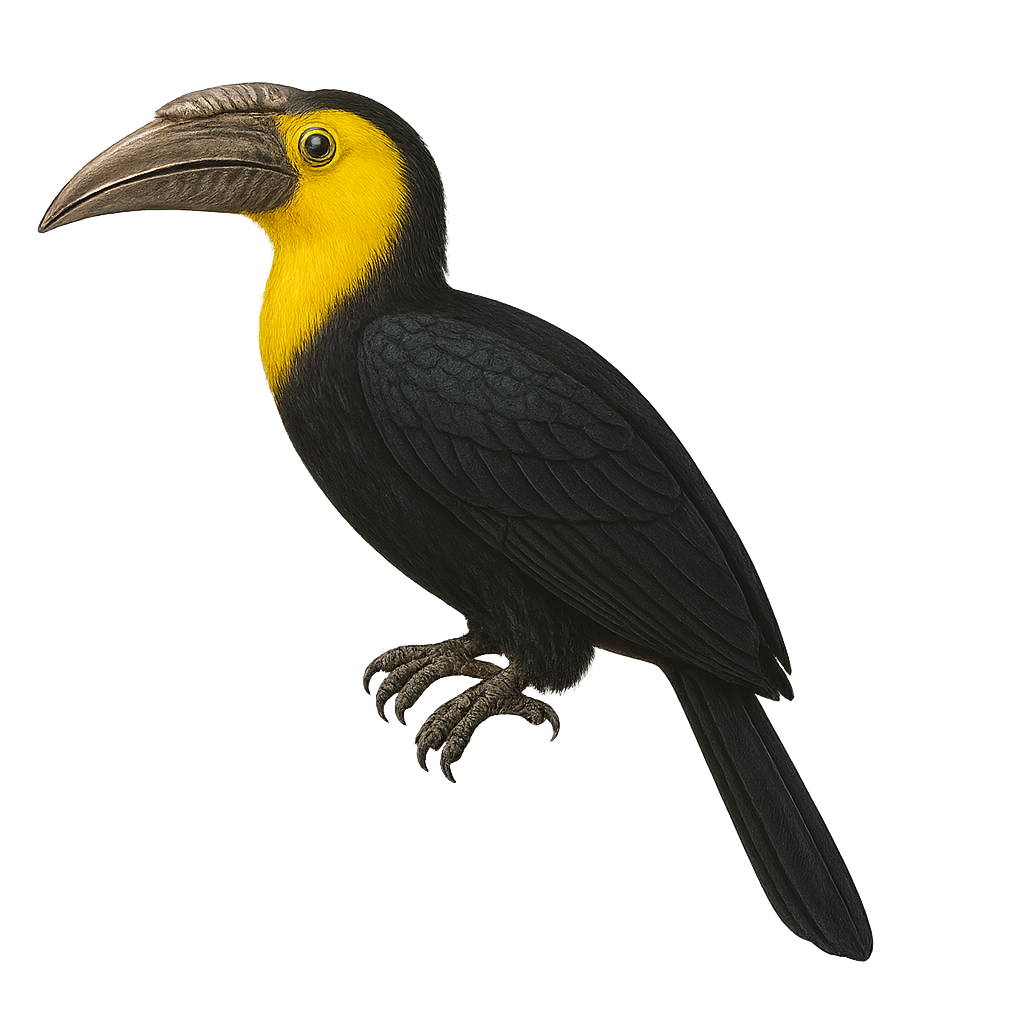Your wildlife photography guide.
Explore the sulawesi hornbill in detail, study its behavior, prepare your shots.
Where to observe and photograph the sulawesi hornbill in the wild
Learn where and when to spot the sulawesi hornbill in the wild, how to identify the species based on distinctive features, and what natural environments it inhabits. The WildlifePhotographer app offers tailored photography tips that reflect the sulawesi hornbill’s behavior, helping you capture better wildlife images. Explore the full species profile for key information including description, habitat, active periods, and approach techniques.
Sulawesi Hornbill
Scientific name: Rhabdotorrhinus exarhatus

IUCN Status: Endangered
Family: BUCEROTIDAE
Group: Birds
Sensitivity to human approach: Suspicious
Minimum approach distance: 10 m
Courtship display: February to March
Incubation: 28-30 jours
Hatchings: March to April
Habitat:
Tropical rainforests, wooded areas
Activity period :
Primarily active during the day, with peak activity in the morning and late afternoon.
Identification and description:
The Sulawesi Hornbill, or Rhabdotorrhinus exarhatus, is a medium-sized hornbill endemic to Sulawesi Island in Indonesia. It is recognized by its black-and-white plumage, ivory bill with a red casque, and the vivid coloration of its throat: orange in males and pale blue in females. This hornbill inhabits lowland and mid-elevation rainforests and is usually seen in pairs or small groups. It feeds mainly on fruits, but also consumes insects and small animals. The Sulawesi Hornbill is impacted by habitat loss but remains locally common in some protected areas.
Recommended lens:
400mm – adjust based on distance, desired framing (portrait or habitat), and approach conditions.
Photography tips:
To photograph the Sulawesi Hornbill, it is advisable to use a 400mm lens or longer to capture detailed images from a distance. Since this bird is suspicious, it's important to remain discreet and blend into the environment to avoid disturbing it. Favor early morning hours when the light is soft and bird activity is at its peak. Use a tripod to stabilize your camera and achieve sharp images. Be patient and wait for the hornbill to perch on an open branch to get the best angle.
The WildlifePhotographer App is coming soon!
Be the first to explore the best nature spots, track rutting seasons, log your observations, and observe more wildlife.
Already 1 432 wildlife lovers subscribed worldwide

